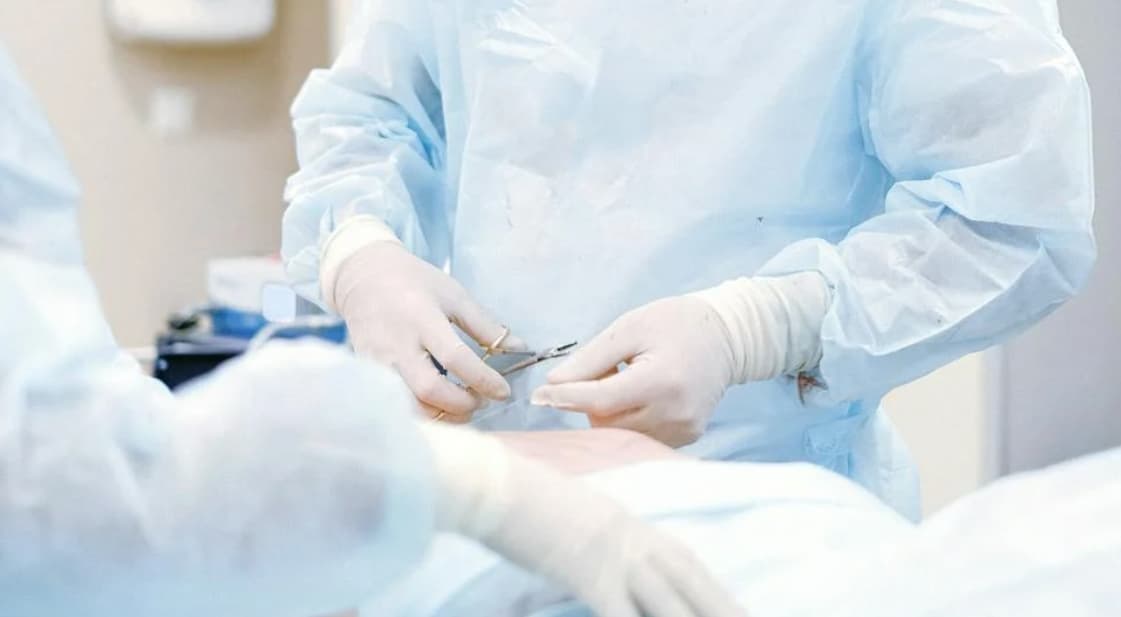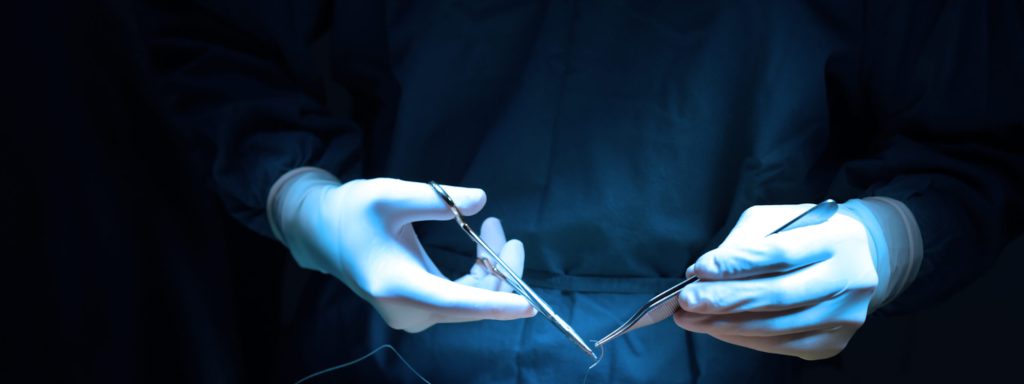Uterus unicornis, often referred to as a unicornuate uterus, is a unique and relatively rare congenital anomaly of the female reproductive system, characterized by the development of only one half of the uterus. This condition arises during fetal development when one of the paired Müllerian ducts fails to form or develop properly, leading to a uterus that is not only smaller than normal but also has a singular, banana-shaped cavity. The term “unicornis” draws from the Latin word for “unicorn,” reflecting the uterus’s single, horn-like structure. Understanding uterus unicornis involves exploring its causes, diagnosis, potential complications, and the options available for managing its effects on fertility and pregnancy.
The Causes Behind Uterus Unicornis
The exact cause of uterus unicornis remains largely a mystery within the medical community. However, it is understood to be a congenital anomaly, meaning it occurs during fetal development. The development of the female reproductive system involves a complex process where the paired Müllerian ducts fuse to form the uterus, fallopian tubes, and the upper portion of the vagina. In the case of uterus unicornis, this process is disrupted. The disruption is thought to be influenced by genetic factors, environmental exposures, or a combination of both, although no specific genes or environmental triggers have been definitively linked to the condition. This complexity suggests a multifactorial origin, where several factors may contribute to the development of the condition:
- Genetic Predisposition: Some evidence suggests a genetic component, with the condition sometimes appearing in familial clusters, indicating a possible hereditary pattern;
- Environmental Factors: Exposure to certain environmental toxins or medications during fetal development may interfere with the normal formation of the Müllerian ducts;
- Disruption During Fetal Development: Any disruption or interference during the critical period of Müllerian duct development may result in anomalies like uterus unicornis. This could be due to a range of factors, from nutritional deficiencies to maternal health issues;
- Unknown Factors: Despite advances in medical science, many aspects of fetal development remain a mystery, and the exact triggers for Müllerian duct anomalies are not fully understood.
Understanding the precise causes of uterus unicornis is challenging due to the complexity of human development and the potential for numerous influencing factors. Research is ongoing, with studies aimed at uncovering the genetic markers and environmental conditions that may contribute to the development of congenital uterine anomalies.
Diagnosing Uterus Unicornis
Diagnosis of a unicornuate uterus is often incidental, discovered during an unrelated pelvic exam, imaging for other conditions, or fertility assessments. Advanced imaging techniques such as Magnetic Resonance Imaging (MRI) and 3D ultrasonography have become pivotal in diagnosing uterus unicornis with greater accuracy. These imaging methods allow healthcare providers to visualize the unique structure of the uterus in detail, distinguishing it from other Müllerian duct anomalies.
Complications and Impact on Health
Women with a unicornuate uterus often lead healthy lives without any symptoms. However, the condition can be associated with several reproductive challenges and complications. Fertility can be affected, although many women with uterus unicornis are able to conceive. The primary concern is the increased risk of pregnancy-related complications, including ectopic pregnancy, miscarriage, preterm labor, and difficulties during delivery. These risks are attributed to the limited space and altered blood flow within the smaller uterine structure, which can affect the implantation and growth of the fetus.
Moreover, individuals with this condition may also have anomalies in other parts of the reproductive system, such as a single kidney or issues with the renal system, since the development of the reproductive and urinary tracts are closely linked during fetal development.
Management and Treatment Options
Management of uterus unicornis is highly individualized, focusing on addressing specific symptoms or complications as they arise. For women experiencing fertility issues, assisted reproductive technologies (ART) such as in vitro fertilization (IVF) may be recommended to increase the chances of conception. During pregnancy, women with a unicornuate uterus are often considered high-risk, warranting closer monitoring to manage potential complications effectively.
In rare cases where severe symptoms or recurrent miscarriages occur, surgical interventions may be considered. However, such measures are typically reserved for addressing specific issues related to the condition, as the primary approach is usually conservative management aimed at supporting a woman’s reproductive goals.
Living with Uterus Unicornis
Receiving a diagnosis of uterus unicornis can be emotionally challenging, especially for individuals who are planning to start or expand their families. It is crucial for women with this condition to have access to comprehensive information and support from their healthcare providers. Counseling and support groups can also play a vital role in helping women navigate the emotional and physical aspects of living with a unicornuate uterus.
Despite the challenges it may pose, many women with uterus unicornis successfully carry pregnancies to term and deliver healthy babies. Advances in reproductive medicine and high-risk obstetric care have significantly improved the outlook for women with this condition. Early diagnosis, proactive management, and a supportive care team are key factors in achieving positive outcomes.
In conclusion, uterus unicornis is a unique condition that, while rare, has a significant impact on those it affects. Continued research and advances in medical science are essential to further understanding this condition, improving diagnostic methods, and developing more effective management strategies. For women diagnosed with a unicornuate uterus, personalized care and support can lead to successful pregnancies and fulfilling lives, despite the potential challenges posed by this condition.
FAQs:
Yes, many women with uterus unicornis are able to conceive and have children. However, they may face increased risks during pregnancy, such as higher rates of miscarriage, preterm labor, and complications during delivery. Each case is unique, so women with this condition are often monitored more closely during pregnancy to manage any potential risks. Despite these challenges, with appropriate medical supervision and interventions, many women with uterus unicornis can have successful pregnancies. Advanced reproductive technologies and fertility treatments have also improved outcomes for those facing difficulties conceiving naturally. Obstetricians and fertility specialists play crucial roles in providing care tailored to the individual needs of these patients, focusing on maximizing the chances of a healthy pregnancy and minimizing complications.
Uterus unicornis is usually diagnosed through imaging studies, with Magnetic Resonance Imaging (MRI) and 3D ultrasonography being the most detailed and informative methods. These techniques allow doctors to visualize the structure of the uterus in detail, helping to distinguish unicornuate uterus from other uterine anomalies. Diagnosis often involves a multidisciplinary approach, incorporating the expertise of radiologists, gynecologists, and fertility specialists to ensure a comprehensive evaluation. Early and accurate diagnosis is essential for effective management and counseling regarding fertility and pregnancy-related risks. For women who are symptomatic or who have encountered pregnancy complications, timely diagnosis can lead to better-informed decisions regarding their reproductive health and planning.
Many women with a unicornuate uterus do not experience any symptoms and may only discover they have the condition during a routine examination or while seeking care for fertility issues. However, some may experience symptoms related to reproductive challenges, including difficulty conceiving or recurrent miscarriages. In addition to reproductive symptoms, some women might experience menstrual irregularities or pain, although these symptoms can vary widely and are not exclusive to uterus unicornis. The lack of distinctive symptoms means the condition often goes undiagnosed until a woman faces fertility challenges. Recognizing and addressing these challenges early can lead to better outcomes through targeted reproductive assistance and supportive care, enhancing a woman’s ability to conceive and maintain a pregnancy.
Treatment for uterus unicornis is typically tailored to the individual’s symptoms and reproductive goals. For those facing fertility challenges, assisted reproductive technologies (ART) like in vitro fertilization (IVF) may be recommended. Pregnancies are often closely monitored to manage potential risks. In rare cases, surgical intervention might be considered to address severe symptoms or complications.
Supporting someone with uterus unicornis involves providing emotional encouragement and understanding. Encourage them to seek care from healthcare providers experienced in managing uterine anomalies and reproductive issues. Being informed about the condition can also help you offer practical support and understanding throughout their journey, whether it involves fertility treatments, pregnancy, or coping with the condition.



